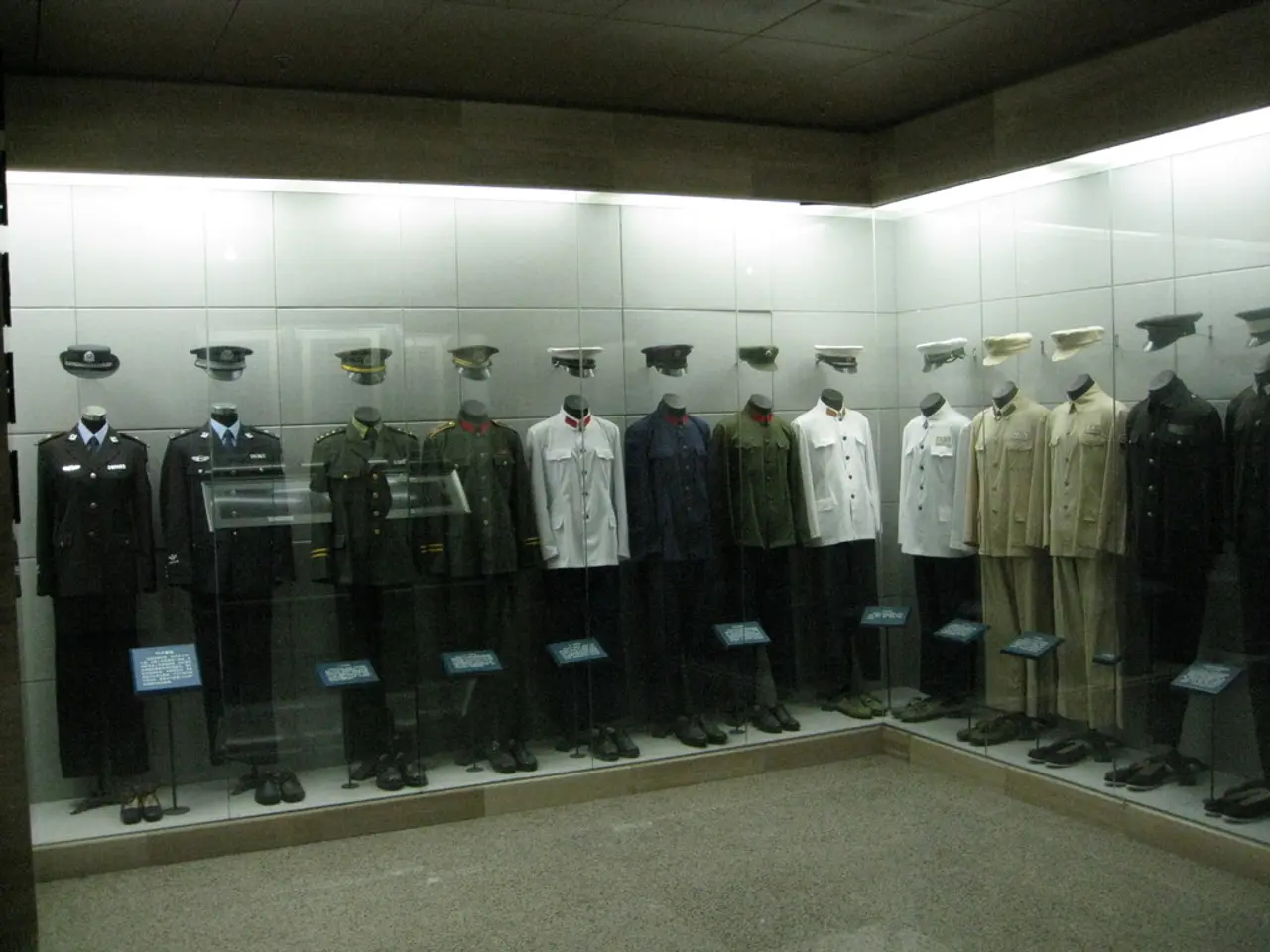EU Nations and Their Constituent Entities
The humanitarian situation in Gaza is in a critical state, with the region on the brink of famine. Approximately one-third of the population goes without food for days, over 500,000 people face famine-like conditions, and more than 320,000 children under five are at risk of severe acute malnutrition, which can cause irreversible damage or death[1][5].
The conflict and blockades in Gaza have led to this catastrophic situation. More than 61,000 Palestinians have been killed and over 140,000 injured since October 2023[2][3]. Gaza’s infrastructure is devastated—70% destroyed—and safe areas have shrunk to less than 12% of the territory[1]. Thousands are displaced, medical facilities are overwhelmed, and starvation among civilians is intensifying despite warnings[1][3][4].
Aerial drops of aid are considered essential because the ground situation is extremely dangerous and humanitarian convoys face significant risks. Palestinians seeking food have been killed or injured while trying to access aid, and many aid deliveries are blocked or delayed due to ongoing conflict, attacks, or restrictions imposed by Israeli authorities[3][4]. The air drops provide a critical way to reach civilians who cannot safely access ground distribution points, helping to deliver food, water, and medical supplies when other routes are inaccessible or too risky[4][5].
However, humanitarian experts stress that aerial drops alone are insufficient to meet the massive scale of the crisis—unrestricted and uninterrupted humanitarian access is urgently needed to prevent further mass starvation and deaths[4]. The UN suggests allowing 600 trucks daily to alleviate the famine in Gaza[6].
The aerial drops are conducted by Jordanian military planes, with the planes returning to the Mediterranean and then over Israel after each drop[7]. The planes used for aerial drops carry 10 tons of food, compared to the average 20 tons for trucks[8]. Despite the aerial drops, the neighboring humanitarian warehouse does not seem to be emptying[9].
The UN and over 100 NGOs have been warning of the risk of a generalized famine in Gaza[10]. In July, nearly 340 tons of food have been dropped by a few countries, including Canada, in an attempt to alleviate the famine[11]. However, more sustained humanitarian access and ceasefire efforts are needed to address the escalating crisis[1][4][5].
The UN estimates that approximately 1400 people have been killed since May while seeking food, most by the Israeli army[12]. Israel began blocking the entry of humanitarian aid in March but has allowed limited quantities since late May[13]. Despite the aerial drops, many experts and human rights groups describe the policies of the Israeli government towards Gaza as similar to genocide[14].
The Jordanian soldiers involved in the aerial drops find the missions stressful due to their cost and potential danger[15]. The aerial drops have saved lives, but they are only a temporary solution to a crisis that demands sustained humanitarian access and ceasefire efforts[1][4][5].
References:
- Al Jazeera
- The Guardian
- BBC News
- Medical Aid for Palestinians
- The New York Times
- Reuters
- Haaretz
- The Jerusalem Post
- The Associated Press
- The Independent
- CBC News
- The Washington Post
- The Times of Israel
- The Electronic Intifada
- The Jordan Times
The ongoing conflict and military actions in Gaza, instigated and exacerbated by political tensions, have crippled the region, pushing it towards a catastrophic humanitarian crisis. Despite aerial drops of aid by Jordanian military planes, the UN and numerous NGOs are voicing urgent demands for unrestricted and continuous humanitarian access, advocating for the prevention of further mass starvation and deaths.







